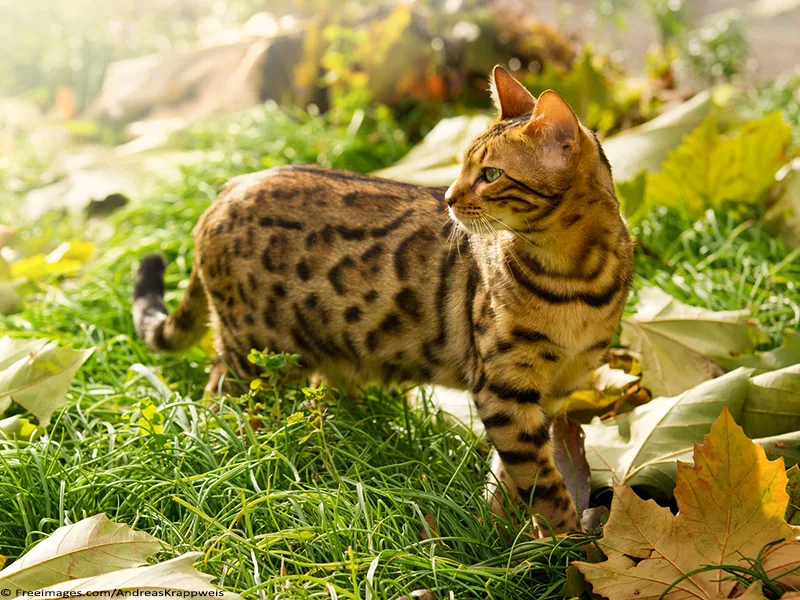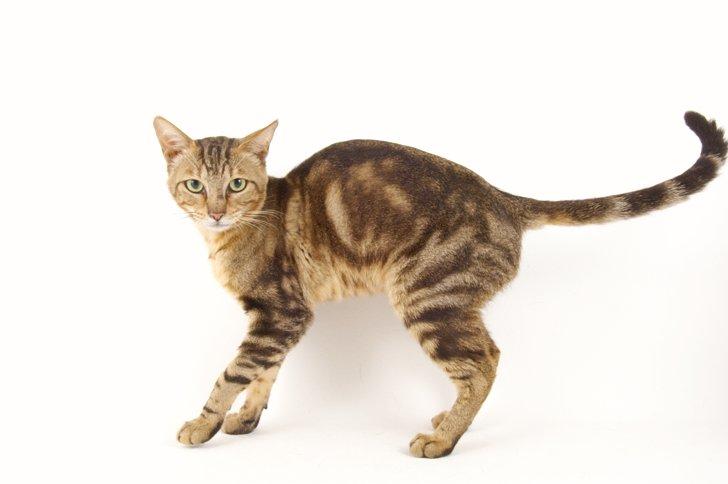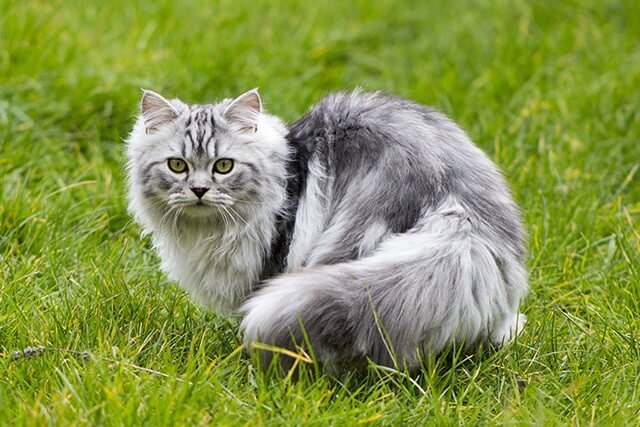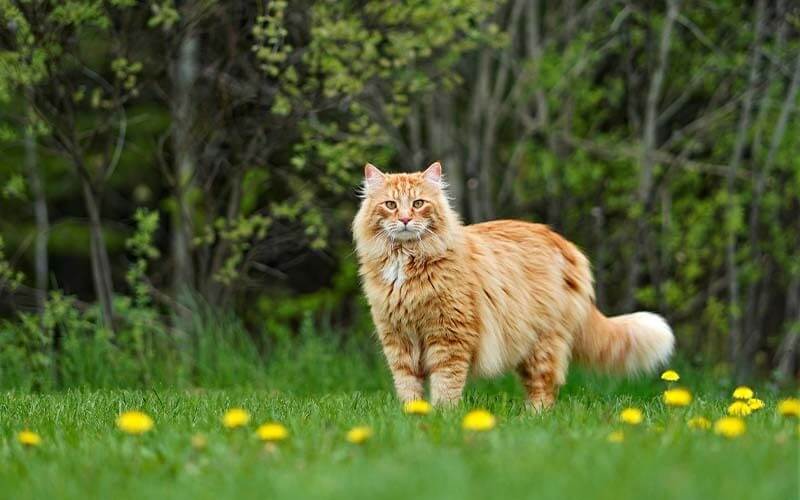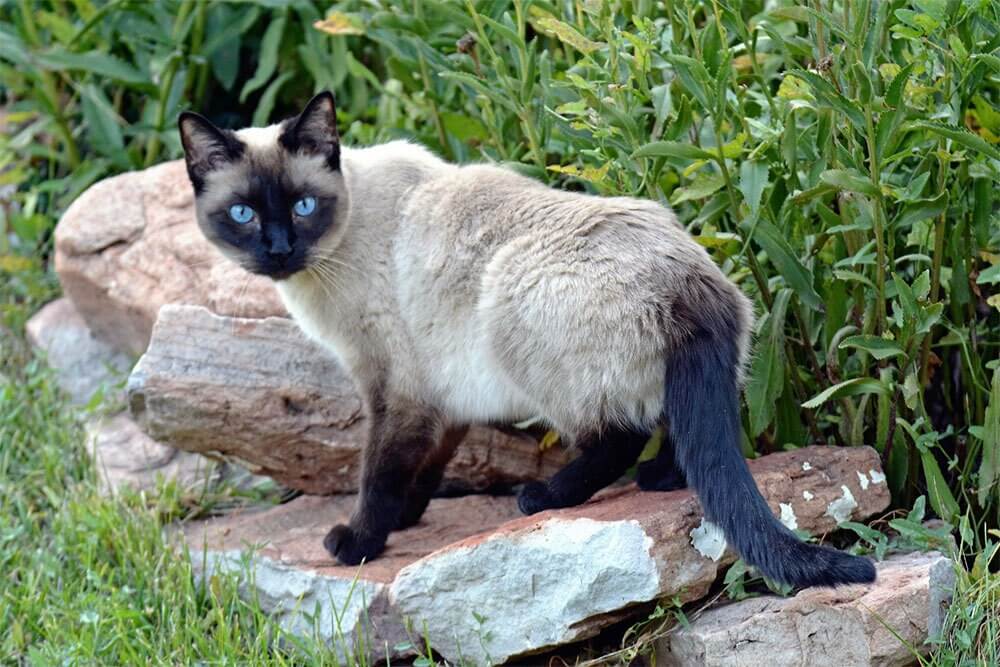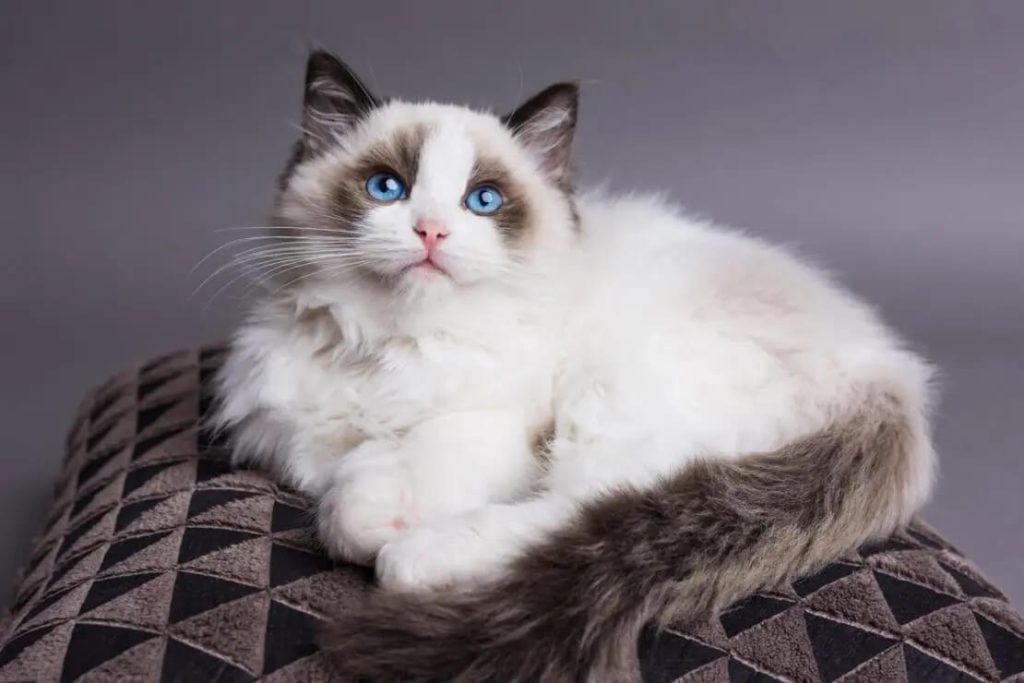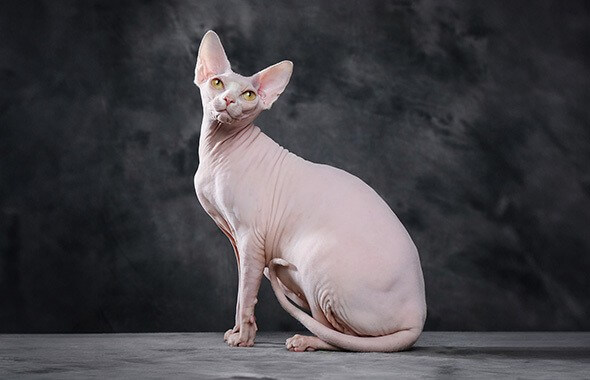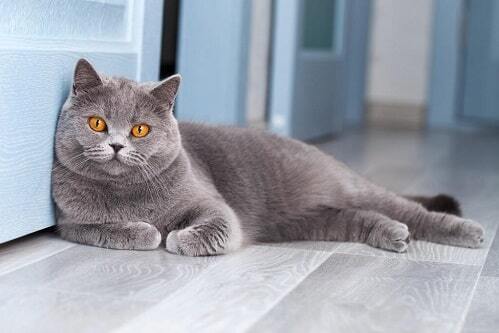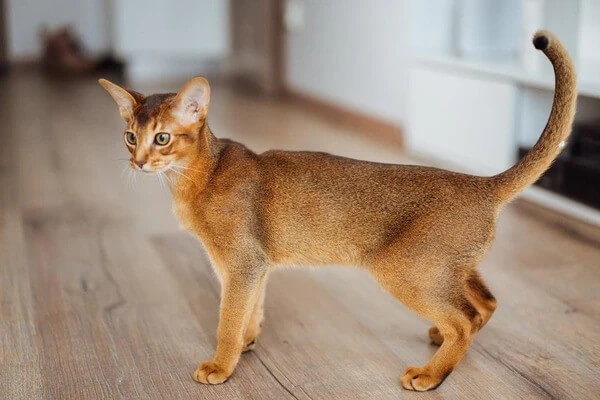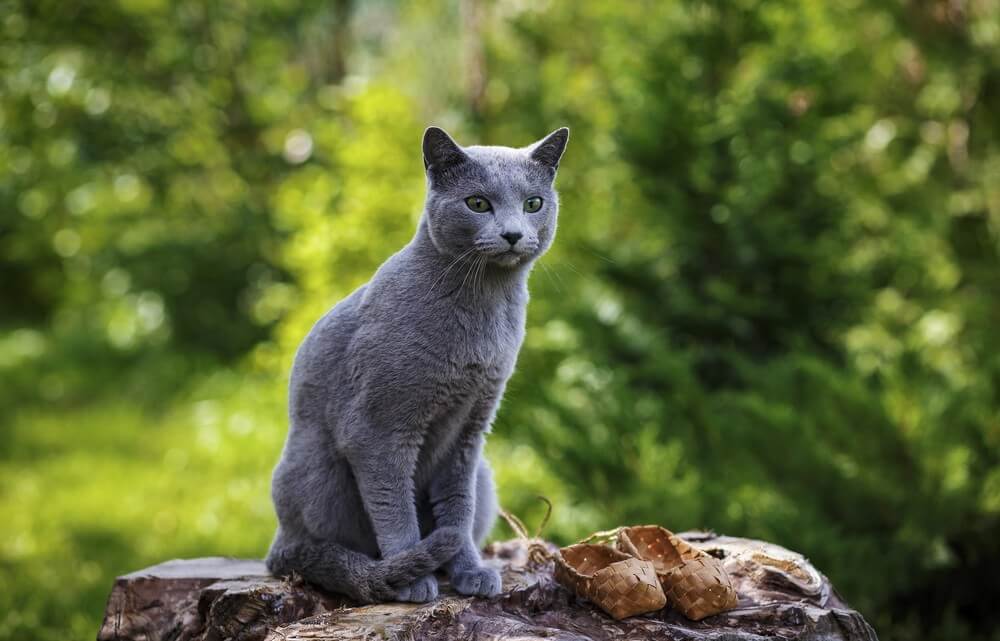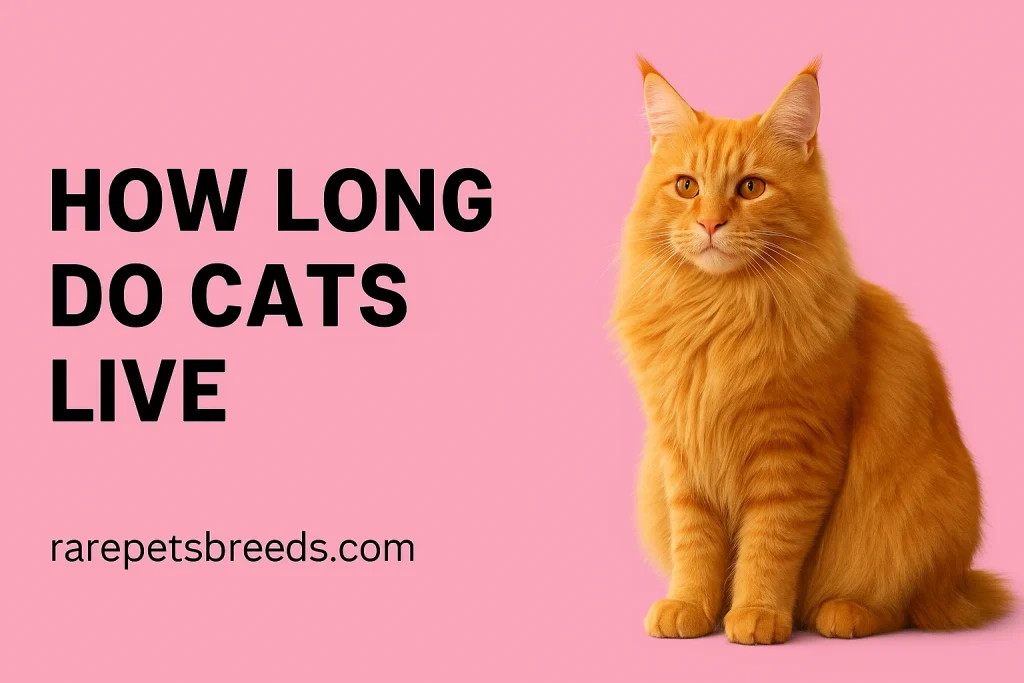The Bengal cat is a strikingly beautiful breed that brings the look of a wild leopard into the comfort of your home. Known for their spotted or marbled coats, high energy, and intelligence, Bengal cats are a favorite among those seeking an adventurous and affectionate feline companion.
Origins and History
The Bengal breed began in the 1960s when domestic cats were crossed with the wild Asian leopard cat. The goal was to create a cat with a wild appearance and a gentle domestic temperament. Over generations, breeders successfully developed a cat with the exotic beauty of the jungle and the loving nature of a house pet.
By the 1980s, Bengals were recognized by major cat associations and quickly gained popularity for their unique look and vibrant personalities.
Physical Appearance
Bengal cats are medium to large, with muscular builds and athletic grace. Their most eye-catching feature is their coat, which comes in spotted, rosetted, or marbled patterns. Common colors include brown, snow, and silver.
They have sleek, soft coats that shimmer in the light, often referred to as “glittered.” With almond-shaped eyes, prominent cheekbones, and strong jaws, Bengals truly look like miniature jungle cats.
Personality and Behavior
Bengals are known for their high energy, curiosity, and intelligence. These cats love to play, climb, and explore every inch of their surroundings. They’re highly interactive and enjoy games like fetch, puzzle toys, and even walking on a leash.
While active, Bengals are also affectionate and enjoy bonding with their families. They are often vocal and expressive, using various sounds to communicate. They may not be lap cats, but they love being around people and involved in daily activities.
Ideal Living Environment
Bengals thrive in environments that offer plenty of stimulation. Cat trees, interactive toys, and window perches are essential. They need space to run, jump, and climb. While they adapt to apartment living, they’re happiest in homes that provide enrichment.
They also enjoy water and may play in faucets or jump in the tub. Pet parents should be ready for a cat that acts more like a clever, furry acrobat!
Diet and Nutrition
As an energetic breed, Bengal cats need a protein-rich diet to maintain their muscle tone and energy levels. High-quality commercial food or a vet-approved raw or homemade diet works well.
Offer lean meats such as chicken, turkey, or fish, and always provide fresh, clean water. Avoid foods with fillers, artificial preservatives, or excessive grains.
Health and Lifespan
Bengal cats are generally healthy, with a lifespan of 12 to 16 years. However, like all breeds, they can be prone to specific health issues:
– Hypertrophic cardiomyopathy (HCM)
– Progressive retinal atrophy (PRA)
– Flat-chested kitten syndrome (FCKS)
– Hip dysplasia
Routine vet visits, a proper diet, and regular play keep Bengals in peak condition.
Grooming Needs
Despite their luxurious appearance, Bengal cats have low grooming needs. Their short, soft coat doesn’t mat easily and only requires brushing once a week to remove loose hairs and maintain shine.
Keep their nails trimmed, ears clean, and provide dental care to support overall health.
Compatibility With Families
Bengals are great companions for families, individuals, or couples looking for an interactive pet. They enjoy the company of children and usually get along well with other pets, especially if raised together.
These cats do best with humans who can keep up with their energy and provide the attention they crave.
Popularity and Recognition
The Bengal is recognized by all major cat associations, including TICA, CFA, and FIFe. It consistently ranks among the most popular cat breeds due to its wild appearance and dynamic personality.
Fun Facts About Bengal Cats
- Bengals love water and may even join you in the shower!
- Their “glittered” coat reflects light and gives them a sparkling appearance.
- They can learn tricks and respond to commands just like dogs.
- Bengals are excellent jumpers—some can leap over six feet!
- Their wild look comes from their ancestor, the Asian leopard cat.
Frequently Asked Questions
Q1: Are Bengal cats good for first-time pet parents?
A: They can be, but Bengals require time, attention, and stimulation. Ideal for those ready for an active, engaging pet.
Q2: Do Bengal cats get along with other animals?
A: Yes, especially if socialized early. They often enjoy the company of other cats and even cat-friendly dogs.
Q3: Do Bengals require special grooming?
A: No, their short coat is easy to maintain with occasional brushing.
Q4: Are Bengal cats hypoallergenic?
A: No breed is completely hypoallergenic, but some people with mild allergies find Bengals more tolerable due to their short coat and lower dander.
Q5: Can Bengals live indoors?
A: Absolutely! But they need plenty of indoor stimulation. Many owners create “catios” or leash-train them for safe outdoor adventures.
Conclusion
The Bengal cat is an extraordinary blend of wild beauty, sharp intelligence, and affectionate companionship. With their dazzling coats and energetic personalities, Bengals add excitement and joy to any household. If you’re looking for a cat who will entertain, challenge, and love you deeply, the Bengal is an ideal choice.
Maine Coon Cat
🐱 Bengal Cat for Sale
The Bengal Cat is a stunning and energetic breed known for its leopard-like spots and playful personality. With their intelligent nature and love for activity, Bengals make wonderful companions for active households. If you’re looking to adopt or buy a Bengal Cat, explore the listings from different countries below.
- Bengal Cat for Sale in Australia
- Bengal Cat for Sale in Canada
- Bengal Cat for Sale in Pakistan
- Bengal Cat for Sale in India
- Bengal Cat for Sale in Indonesia
- Bengal Cat for Sale in the United Arab Emirates
- Bengal Cat for Sale in the Philippines
- Bengal Cat for Sale in Nigeria
- Bengal Cat for Sale in Malaysia
- Bengal Cat for Sale in the United States
- Bengal Cat for Sale in the United Kingdom
